Killington, Vail, Deer Valley, Epic, Ikon – ‘The Storm’s’ Top 10 Stories of 2024
Big names draw big numbers as lift-served skiing continues to evolve at lightspeed
The Storm’s top 10 stories (by number of views) from our just-concluded year act, together, as a portfolio of the newsletter’s current orientation: occasional exclusive breaking news (Powdr sells Killington), not-so-exclusive big developments at big mountains, pushback against Brobot narratives of a gutted ski culture highjacked by lames, analysis of all this, plus my annual health emergency post. I’d like to skip that last one in 2025. Here, in reverse order, are the 10 most-read Storm Skiing Journal articles of 2024:
10) I’d Like to Tell You About The Time Last Month When I Didn’t Die (March 20, 2024)
If you’re wondering why I published 140 articles in 2022 and 120 in 2023, and then issued a raincheck after stretching to just 91 in 2024, it’s because I turned out to be one Burrito Supreme away from the morgue for all of January. Or at least I assume that’s where they send you when your heart stops beating. Which is like “OK Bro, that’s month one of 12.” But the sluggishness induced by this blockage, the discovery and fixing of it, and the extended recovery – more mental than physical, as alternate worlds insisted upon overly articulated consideration – savaged my productivity. The writing of this piece, which lays out the full ordeal, demanded large chunks of three to four weeks. Equal parts catharsis and PSA, this is the story of how, in spite of outward good health, a not-terrible-for-a-U.S.-American diet, and a contented family and work life, my time nearly ran out in 2024.
Excerpt:
Aides of all sorts gather. “We have a big problem,” the cardiologist tells me. “A blocked artery. We call it 'The Widowmaker.’” I could have dropped dead at any moment over the past several months, he says. “You’re a lucky guy,” he says. “Because we caught this and we know exactly how to fix it.” …
An amazing machine, the heart. I ride my bike and eat tacos and nap and drink wine and read and fly around the world and swim and ride chairlifts and the whole time my heart just pounds without reminders or tune-ups or downtime or parts flown in from Switzerland. How long does a really good car last? 20 years, maybe, if you take really good care of it. And a car is hardly ever actually running. Jeanne Louise Calment, born Feb. 21, 1875, died on Aug. 4, 1997. Imagine a machine in continuous motion for 122 years. I’ve yet to find a plug-in cat water fountain that lasts longer than 16 weeks.
I spend two nights at NYU hospital with IV ports dangling from my forearms. The Widowmaker was, indeed, fully blocked. I’d survived only because my heart had drilled a network of tributaries around the blockage. But this was a temporary fix, like plywood over a blown-out window. With a catheter run through my right wrist the doctor clears the plaque and inserts a 30-millimeter-long stent. I am conscious during the procedure but with a fentanyl drip I don’t mind at all and I talk to the doctors as they work.
9) Vail Resorts Releases 2024-25 Epic Pass Suite; Will Add Crans-Montana to Epic, Epic Local (March 8, 2024)
This is probably the least-exciting story on this list. There’s no big hook, no major change, no great insight. Just “here are the prices for the 2024-25 Epic Passes, which are pretty much slightly more expensive versions of 2023-24 Epic Passes. Oh and also you can now ski another big mountain in Switzerland on them.” But these timely annual big-pass breakdowns for Epic, Ikon, Indy, and Mountain Collective are core Storm content, as they acknowledge the cresting of our current winter and preparations for the next.
Excerpt:
This is maybe the least-exciting Epic Pass announcement since I launched The Storm in 2019. We got Northeast-specific passes in 2020, big price cuts in 2021, a bargain Epic Day tier in 2022, and the mobile pass last year. Vail doesn’t have much of a growth story to tell right now. Recent sales numbers reflect that - Epic Pass growth, by unit sales, hit its lowest levels ever last year, rising by just four percent over the 2022-23 ski season …
Last year’s (roughly) eight percent price increases were enough, however, to push sales dollar growth to 11 percent. Barring any new acquisitions or partnership deals, there’s no reason to think that unit sales or pass revenue will grow substantially more than this for 2024-25. Since Vail doesn’t break sales down by region, it’s unclear whether the Epic Pass is gaining traction in Europe as the company buys resorts there.
8) Who Will Buy Mount Bachelor, Eldora, and Silver Star (Aug. 23, 2024)
This is my favorite kind of story to write. Who will end up where to boost which pass coalition, and what does that mean for skiers (near and far), and operators (big and small)? I take, in general, a “thou shalt not covet thy neighbor’s wife” approach to these thought experiments, but when Powdr declared a breakup of the harem last summer, it seemed fair enough to ask who would court the castoffs.
Excerpt:
So who will buy Mt. Bachelor, Silver Star, and Eldora? A mass sale is possible. But the scattered ski areas, detached from their mothership, make little sense as a unit to anyone who doesn’t already operate in diverse markets. The three of them could end up with three different owners, and that could be a mix of existing multi-mountain operators and independent groups that none of us are thinking about.
Since breaking the Killington story yesterday, I’ve been talking to the leaders of many of America’s largest ski companies, trying to assess who is interested in what. Which mountains would complement existing portfolios, and which would make sense on their own? What could the implications be for the megapasses that increasingly define the North American winter? And for the culture and vibe of the mountains themselves? Almost no one I spoke with wanted to put their interest on the record, and the company-specific musings below are based largely on analysis and past comments. But broad narratives emerged from these conversations, and they act as a good starting block for what will likely be a very long race.
7) Killington to Upgrade Superstar Quad to Six-Pack, Install 1,000 Snowmaking Guns (Sept. 30, 2024)
Killington and Pico likely clock more annual skier visits than Massachusetts’ 11 public ski areas combined (873,132 last season). Big, brash, loud, impossible to avoid, Killington is the closest New England skiing has to a Mother World, a command center around which all other ski centers are mere satellites. Everything that happens here matters. Especially when new owners take the keys, and Killington Nation is hungry for a signal that they brought burlap sacks full of cash to sling around at the party.
Excerpt:
Killington’s Superstar Express may be the most famous lift at the most famous ski resort in the East. The mountain has taller lifts (Skye Peak Express rises 1,525 vertical feet, to Superstar’s 1,173), and longer lifts (Superstar is just the 10th longest aerial lift in Killington’s fleet of 17). But there are no more prominent lifts. Superstar towers over the ski area’s approach road, an erector set line etched against a dive-bomber of a slope, 200 feet wide, all fall line. A fusillade of snowguns lines the hill, and crews run them aggressively and often. By Thanksgiving weekend the slope is deep enough to host batteries of World Cup racers. But the guns keep blowing all winter. By March, The Glacier, as it is locally known, is often as high as the Superstar Express’ chairs, 30 feet or more. On a good year, they ski into June.
But the Superstar lift is a superstar in name only. The lift is old and tired, a first-generation detachable quad from the Yan company, whose rattletrap high-speed machines proved so treacherous that they killed five people en route to bankrupting the organization (all remaining Yan high-speed lifts, including Superstar, were long ago retrofit with new components and are considered safe). And the lift’s prominent position, rising beside Killington’s brand-new K-1 baselodge and adjacent to the K-1 Gondola, can lead to long liftlines.
But a new Superstar is coming. After officially taking possession of Killington and Pico on Friday, the mountains’ new ownership group promised today to replace the aging quad with a high-speed six-pack for the 2025-26 ski season.
6) St. Moritz, Switzerland Joins Ikon Pass for 2024-25 Ski Season (April 4, 2024)
While the Person-Who-Can-Afford-A-$20,000-Ski-Vacation-Is-Mad-It-Isn’t-Perfect headlines popping out of Park City are likely to generate more scorn than sympathy, they do point to a larger existential puzzle facing big western U.S. mountains: families of means, especially on the East Coast, can reach the cheaper, larger, more numerous, and more culturally distinct mountains of the Alps at far less cost and, usually, hassle than the Rockies demand. Rather than reconfigure ticket-pricing structures, housing and hotel footprints, and regional transit to compete for Finance Bro’s vacation dollars, the big U.S. ski passes are just tacking EuroSkiCenters onto their passes and hoping no one notices that you don’t really need an Ikon Pass to ski in Switzerland (a lift ticket covering all of St. Moritz’s ski areas for Tuesday, January 7 is roughly $95; Steamboat, a fraction of the size, is $269).
Excerpt:
I don’t know how many ski areas the size of Venus there are in Europe, or how many plan to join the Ikon Pass, but the answer to that Jeopardy question appears to be “what are a fuckton?”
The latest improbably large ski area from this improbably small country (is there any land in Switzerland that is not dedicated to skiing?) to join Ikon is St. Moritz. Which, like most Euroski facilities is not one ski area but like nine or possibly 13 (Corviglia/Piz Nair, Corvatsch/Furtschellas, Diavolezza/Lagalb, Pontresina/Languard, Zuoz, Samedan, La Punt, Maloja, and S-Chanf), depending on how you count them. The total skiable acreage is a mystery, since Euros measure ski terrain in kilometers, a meaningless metric to my dumb American brain (Ikon’s website says 190 acres, but that’s, like, the size of Butternut and can’t possibly be correct). The number of lifts is uncountable, even though they are itemized right here on these trailmaps (Ikon’s website says there are 58). All I can really say is wow that’s a lot of skiing …
5) Vail Mountain Outlines Huge Potential Lift Upgrades in Updated Forest Service Masterplan (Feb. 16, 2024)
This story was popular for the same reason the Killington Superstar story was popular: Vail Mountain rests at the center of the American skier’s consciousness, a symbol as much as a place, an aspiration even for the already initiated. In updating the Forest Service masterplan for their namesake mountain, Vail Resorts signaled a clear response to Alterra and Boyne’s aggressive modernizations of Steamboat, Deer Valley, Palisades Tahoe, and Big Sky, proposing a network of high-capacity zip-zap lifts that would make a skier look around and say, “OK, I get why I had to sell my house to afford to a week of skiing here.”
Excerpt:
Vail Mountain is already a banger, 18 high-speed lifts and a pair of gondolas serving 5,317 acres on a 3,500-foot vertical drop. It’s the nation’s fourth-largest ski area, and the second-largest (after Big Sky), that doesn’t require a gondola ride between stapled-together former ski areas (Park City and Palisades Tahoe).
But, looking around, the U.S. megaresort standard is rising fast. Big Sky has pumped tens of millions of dollars into high-capacity, high-tech lifts, and it’s planning more. Deer Valley’s planned 3,700-acre, 16-lift expansion will transform the ski area into the fourth-largest in America. Steamboat just added a huge experts-oriented expansion and cleaned up its base area with a second gondola.
Perhaps reacting to this rapidly evolving skier landscape, Vail Mountain recently amended its 2018 Forest Service Master Development Plan (MDP), to emphasize out-of-base movers and high-capacity lifts. Under the revised plan, which the Forest Service recently accepted, Vail Mountain could add its first two eight-place chairlifts, upgrade four high-speed quads to six-packs, build two all-new front-side lifts, boost capacity on the Eagle Bahn Gondola, and ditch that short Mongolia Bowl platter for a 1,575-vertical-foot high-speed quad.
4) Deer Valley, Clarifying Expansion Timeline, Hopes to Lure Cars Out of Cluttered Park City (Jan. 27, 2024)
Our ancestors (meaning people in the ‘50s and ‘60s), did something dumb: they determined that the best and only way to ever transport humans across land was in a private vehicle. This did not scale well. Thus: every ski traffic chokepoint in the American West. One of those chokepoints is Park City, which day-skiers must in most cases pass through in order to reach Deer Valley. The undoing of this historic mistake, by giving those cars an alternative off the US 40 arterial highway, is one of the more underrated aspects of the massive expansion now underway at Deer Valley.
Excerpt:
Which is all grand and exciting, and will make Deer Valley, at 5,726 acres, larger than Alta and Snowbird combined (5,114 acres – yes, Canyon Bro, I know it’s not the same caliber of terrain, but most people are not as cool as you, so focus on staying mad at me about the LCC gondola). All that new terrain ought to be welcome in a Wasatch that’s choking on its own popularity.
But a more transformative piece of this project could be a set of massive day-skier lots planned at the base of the new terrain. The 1,200 parking spots, hard by an all-new pedestrian-oriented base village seated off US 40, would help lure skiers away from – and hopefully help to mitigate – the clotted hell of Park City traffic.
3) Is Skiing Too Expensive, Or Are You Just Bad at Shopping? (March 1, 2024)
I parked my van at JFK over the New Year’s holiday, but I neglected to book that parking in advance. Which means it cost more. Which means that I am dumb. What it does not mean is that no ordinary citizen can afford to park their car at the airport. It just means that planning more than five minutes in advance makes just about anything – including skiing – more affordable.
Excerpt:
There are many, many things that I hate about this widely circulated, roundly celebrated but poorly reasoned and hyperbolic shitpile of an article that ran in Slate late last year: a romantic subtext that celebrates and conflates “dirtbags” (whatever that means), with skier authenticity; the way it ignores the impact of short-term rentals, NIMBYs, and remote-work relocators on housing pricing and availability; and its assumption that “almost every good mountain” has been claimed by either Epic or Ikon, when in fact far more mountains remain independent than not, many of them quite large and quite good.
But the dumbest paragraph in this very dumb article involves a hypothetical idiot who wants to take his kid skiing but by gum just look at these prices:
The story is different, though, for a working dad in Denver who wants to take his kid up to Breckenridge for a day in late December to try out skiing. He will find that everything that is not a season pass is criminally expensive. Parking is $20; his lift ticket $251 (online—at the window it’ll be $279); basic rental gear $78; burger, fries, and a Gatorade for lunch $35; end-of-day Coors Light $8; and $418 for the kid’s rental, ticket, and group lesson (at least the lesson includes lunch). All in, an $800-plus day.
My first question for you, Hypothetical Dad in Denver, is why you are forcing your kid to ski at ungodly busy and confusing Breckenridge “to try out skiing.” My second question is why you can’t figure out the internet, and choose among the dozens of cheaper and easier ways to accomplish this. Here are four:
2) POWDR to Sell Killington, Pico to Group of Locals; Seeks Sale of Bachelor, Eldora, Silver Star (Aug. 22, 2024)
It’s hard to overstate the significance of the East Coast’s biggest, most prominent ski resort decoupling from the matrix of corporate ownership after four decades a vassal. In day-to-day operations and skier experience, this will mean almost nothing, short- or long-term. But for a northeast ski community that has witnessed decades of consolidation of once-quirky independent mountains, this may as well have been Berlin 1945 from a psychological point of view.
Excerpt:
There is nothing else like Killington. The mountain is and always has been big, burly, fast, feisty, and aggressive. It’s the Mammoth Mountain of the East, but with 90 percent less sunshine, 90 percent more ice, and 100 percent more Northeast attitude. Sprawling, confusing, busy, and egalitarian, the ski area sits at an unusual crossroads, where Wall Street weekenders meet Jets jersey straightliners meet Connecticut minivan mitten-mobs meet duct-taped drifters who got lost on their way to Revelstoke. Killington scrambles The Matrix, a game of Sims gone mad, Vikings at the Tea Party and Plato running for governor of Iowa. Nothing makes sense and no one really belongs here. But so does everyone. When you turn off of US 4 onto Killington Road, the machine instantly devours you.
And it devours a lot of skiers. Killington is the busiest ski area in the Northeast. The most recent publicly available figures put the resort (Pico is included in these numbers) at between 700,000 and 1 million skier visits per year from 1997 to 2007. POWDR declined to provide current skier-visit figures, but even a conservative estimate of 800,000 would put the resort at around 18 percent of all skier visits in Vermont (4.1 million total in 2023-24), which is the fourth-busiest ski state behind Colorado (14M in 23/24), California (7.3M in 22/23), and Utah (6.7M in 23/24). That would mean that Killington’s two ski areas account for fully eight percent of New England’s approximately 9.5 million annual skier visits across 100 ski areas.
And those skiers arrive with big expectations: an opening date around the crack of Halloween, a World Cup party over Thanksgiving, direct-to-lift Ikon Pass access, lifts spinning from all five(!) base areas, top-to-bottom skiing early and long, more snowmaking (probably literally) than Colorado, every trail live even when they’re dirt-potholed mogul fields, bumps all over, glades all over, tallboys in the sun, a spring pass priced like a peak-season Saturday lift ticket, and a 30-foot-deep Superstar Glacier that you can ride into Memorial Day and sometimes June. Skiers expect chaos, but they also expect excellence. They expect The Beast.
They will not only expect all of this. They will demand it. Killington could not be Killington stripped of any of these things. POWDR tried, closing the mountain in - gulp - April the first year they owned it. Whoops. This is the Northeast: loud, cantankerous, brash, blunt, and unapologetic about all of it. The changes must always and only be more. New Englanders will tolerate modernizing, but never backsliding. Killington needs: a modern lift fleet, a pedestrian base village, a possible interconnect with Pico, an ever-improving snowmaking plant, and a better access road, all while maintaining everything itemized above.
1) Alta, Snowbird Pledge to Remove All Lifts by 2030 (April 1, 2024)
For the third time in four years, The Storm’s most popular post of the year was a joke.
Or was it?
Excerpt:
Bowing to pressure from pro-car advocates who fiercely oppose the proposed gondola up Little Cottonwood Canyon, Alta and Snowbird jointly announced today that they would reverse their support for the eight-mile-long machine, and would also begin removing their legacy lift infrastructure as soon as this summer. In its place, the ski areas will construct a network of paved roads to their summits, so that skiers can move up and down the mountains at their leisure.
The project, which is expected to be completed by the 2030-31 ski season, is an acknowledgement by two of America’s most well-regarded ski areas that their entire operational philosophy has been flawed since Alta opened in 1938.
“You have to admit when you’re wrong,” said Alta majority shareholder Roger Johnson. “And what the anti-gondola crowd made us realize is that chairlifts are stupid. Everyone already owns a vehicle. So why are we making them park at the bottom of the ski area and inconveniencing them to ride our cold, exposed chairlifts, when they can just keep driving to the top in the comfort of their own kick-ass vehicle?”
The Storm publishes year-round, and guarantees 100 articles per year. This is article 92/100 in 2024, and number 592 since launching on Oct. 13, 2019. 2024 will continue until the 100-article threshold is achieved, regardless of what that pesky calendar says.




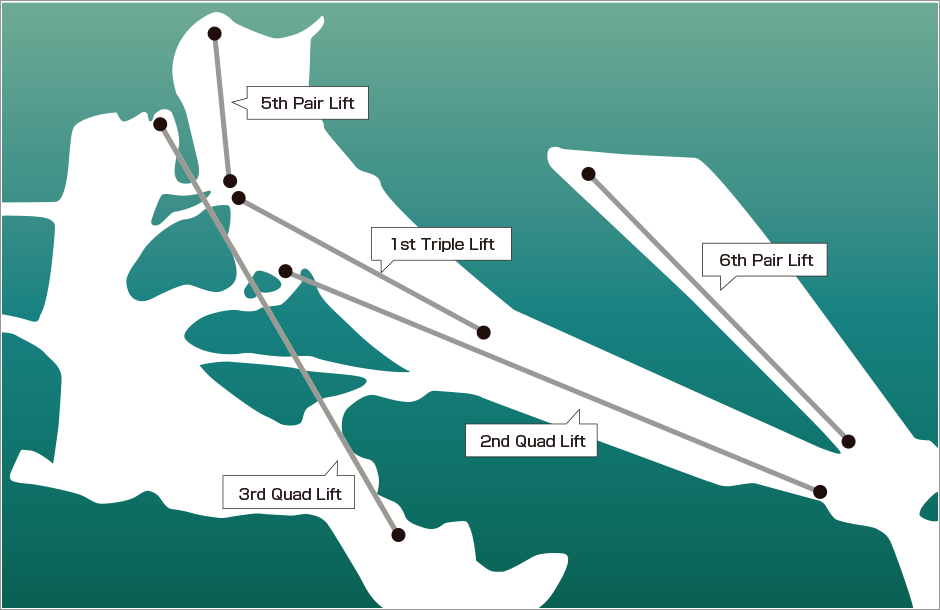
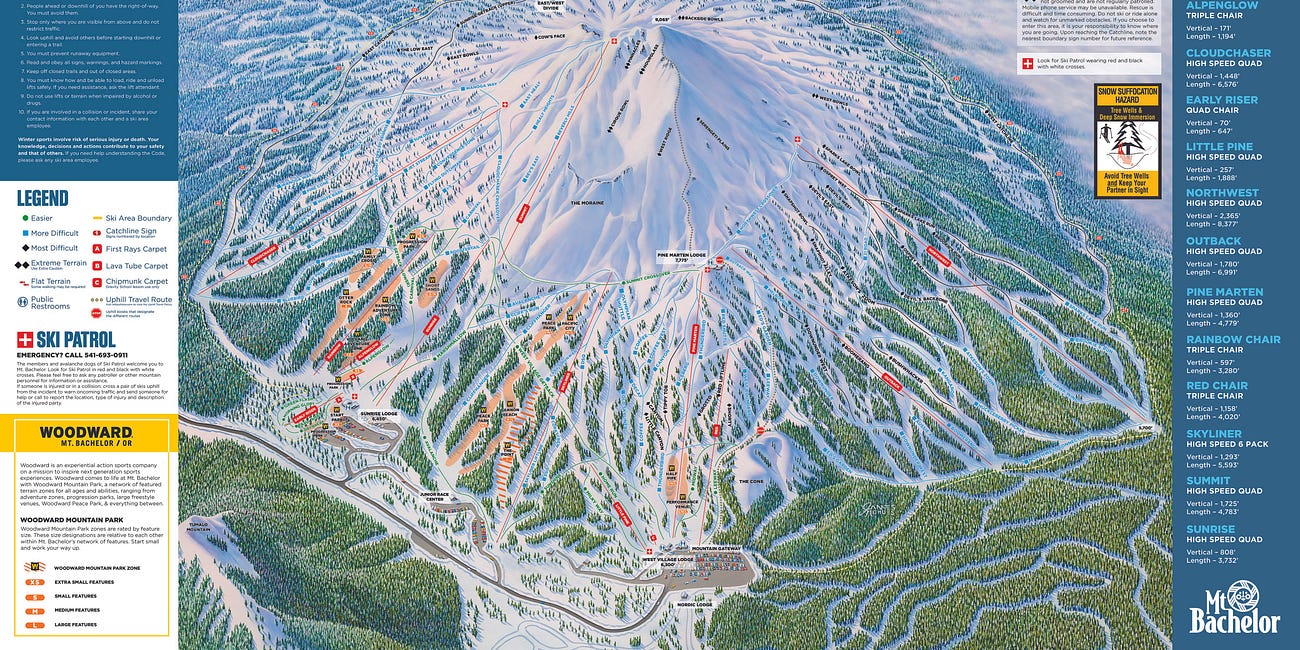
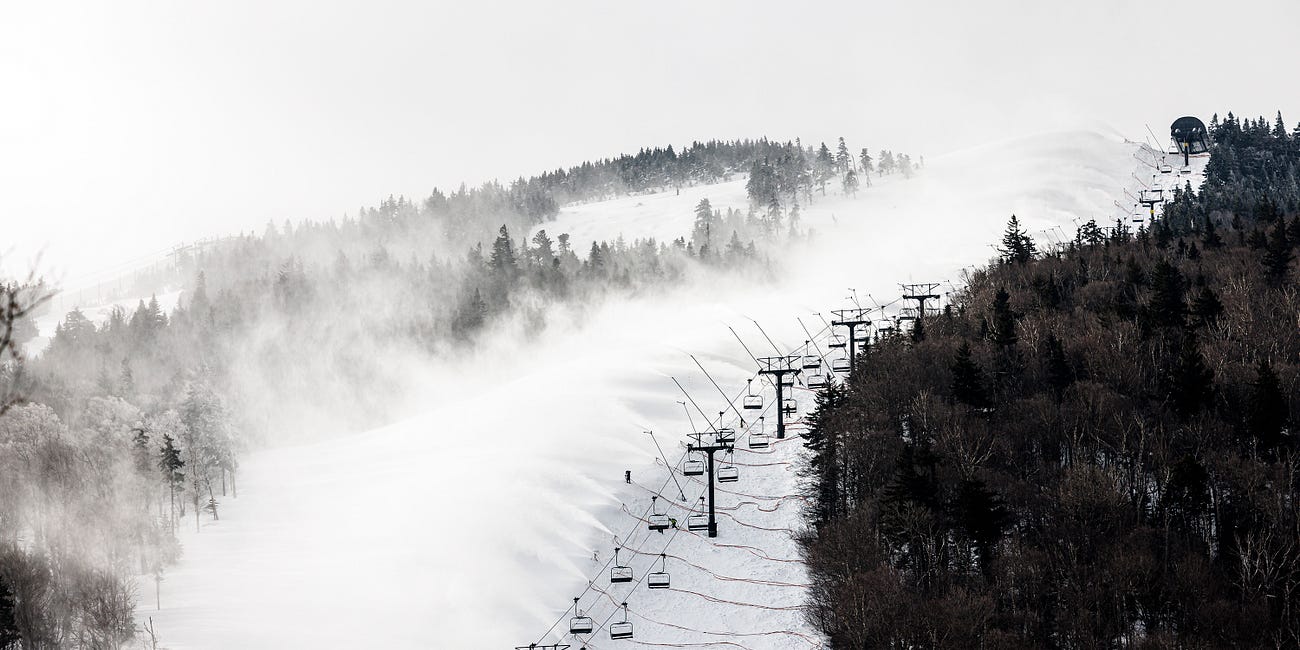
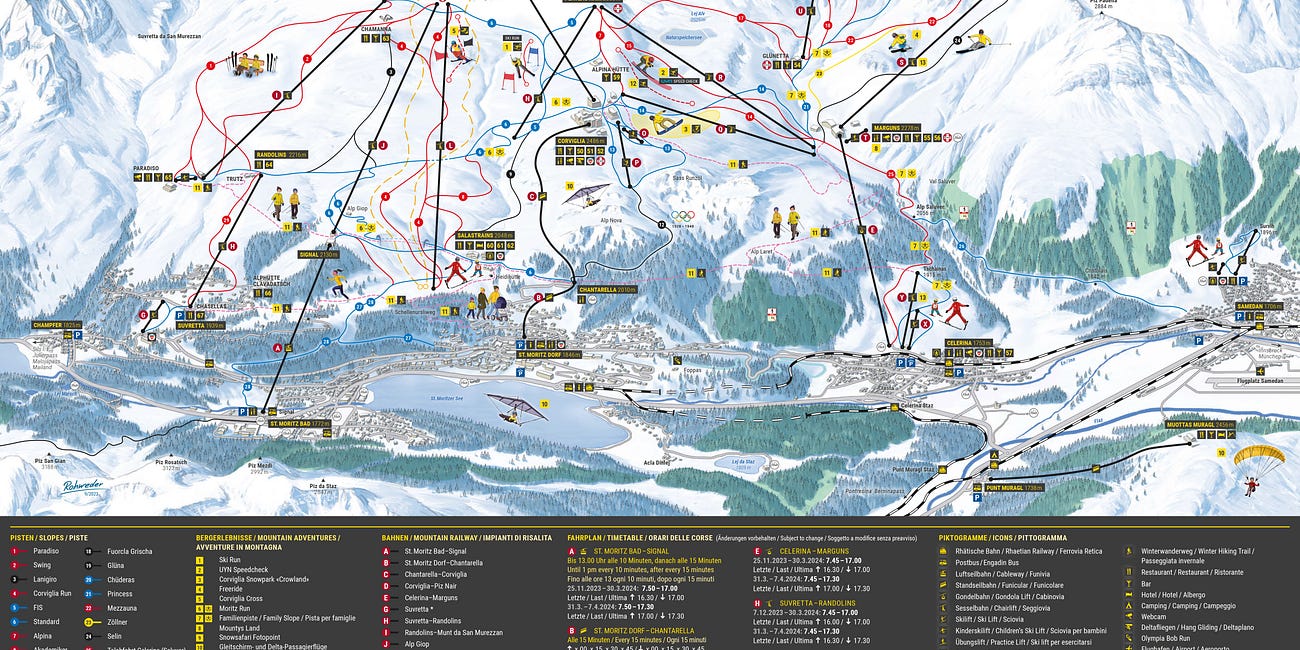
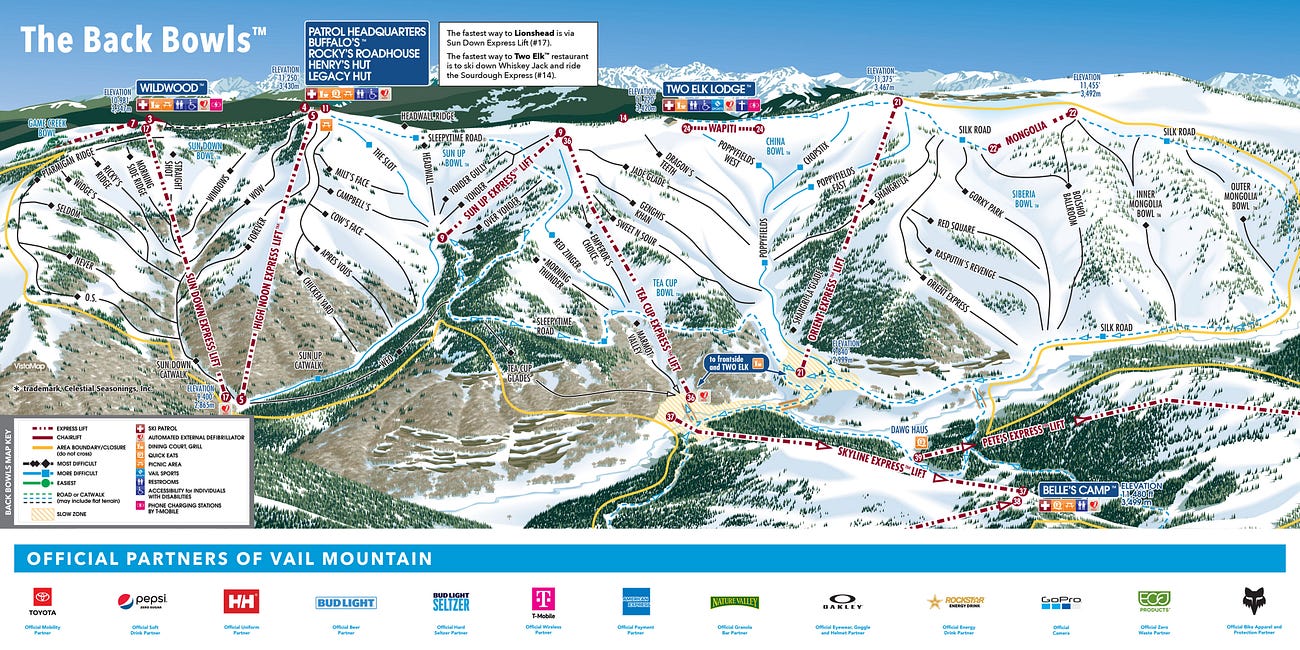
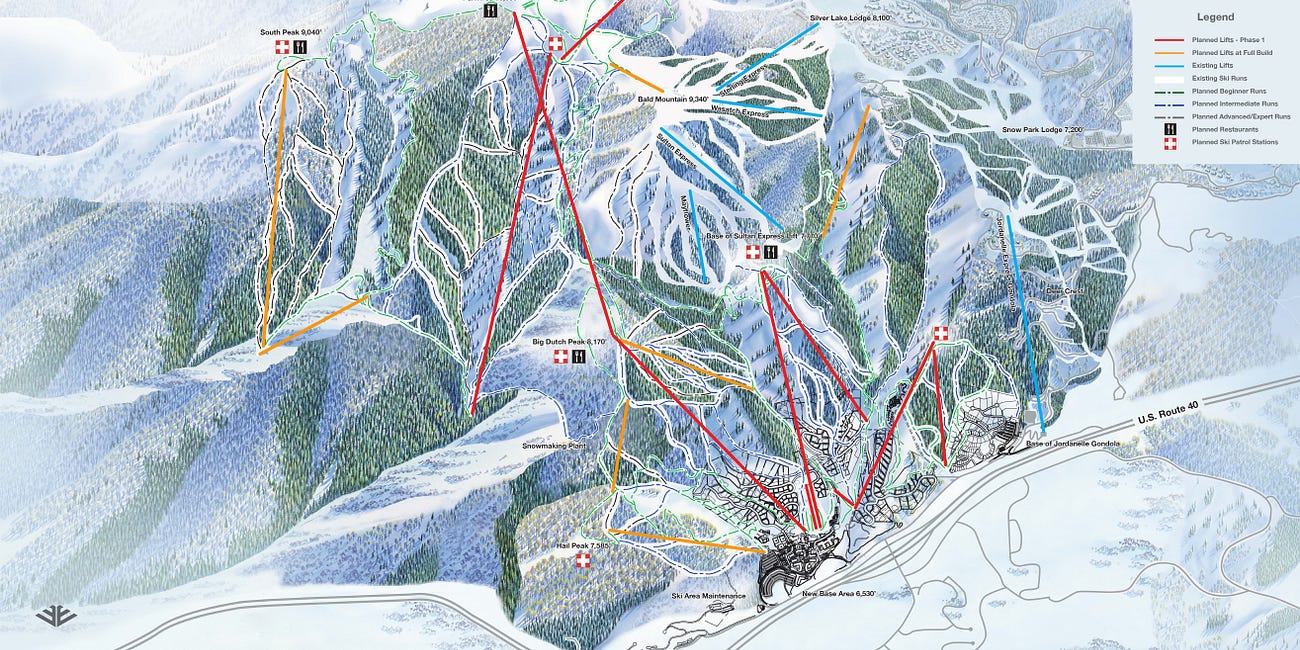

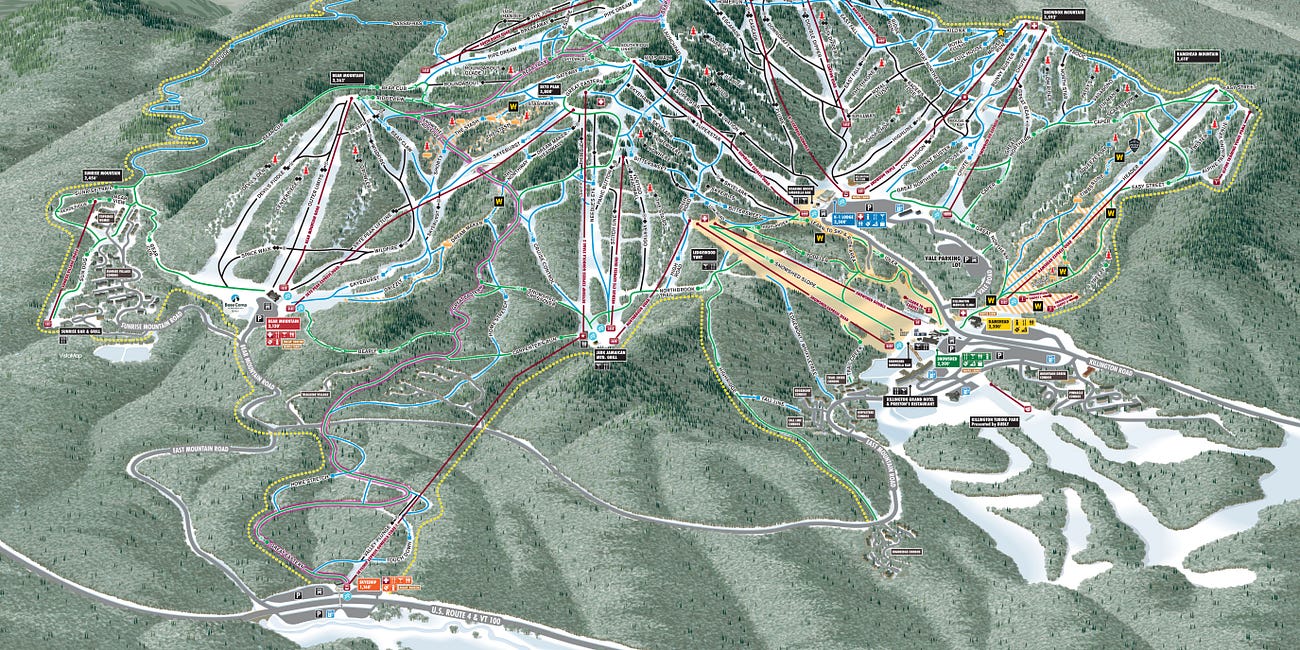
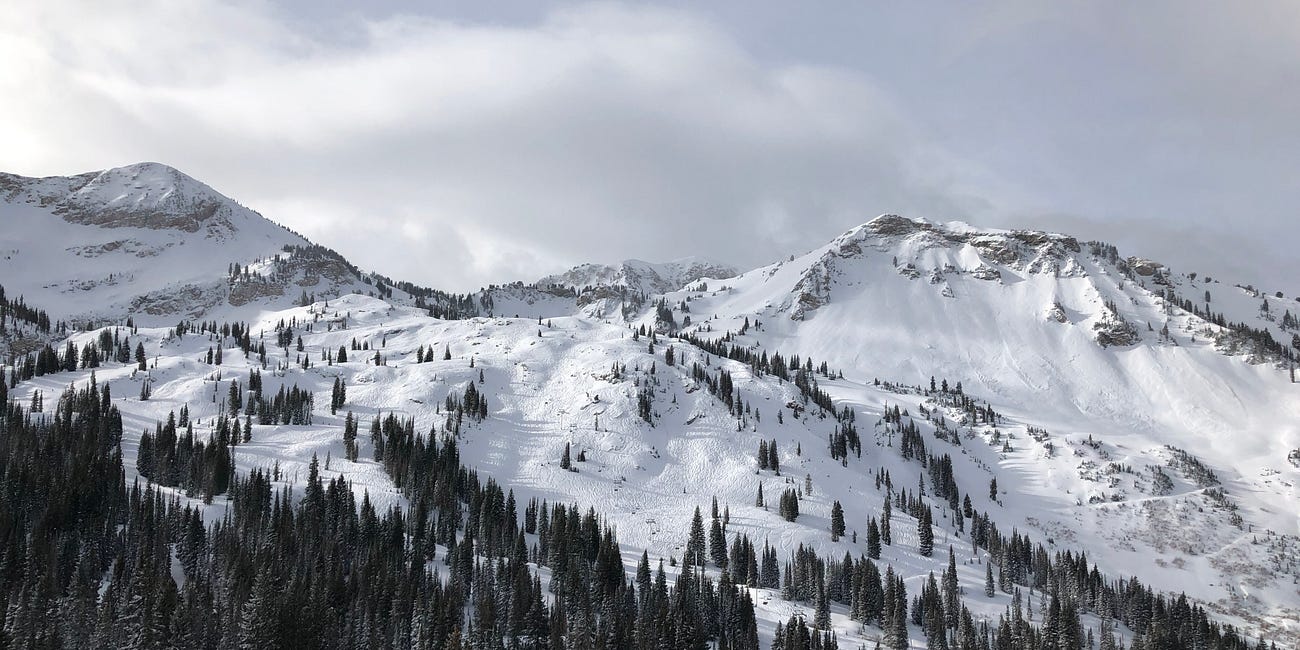
Stuart, Glad to hear your bypass was successful. Sorry to hear it was necessary! All the best, Richard Kavey.
I'm very glad your ticker is still ticking.